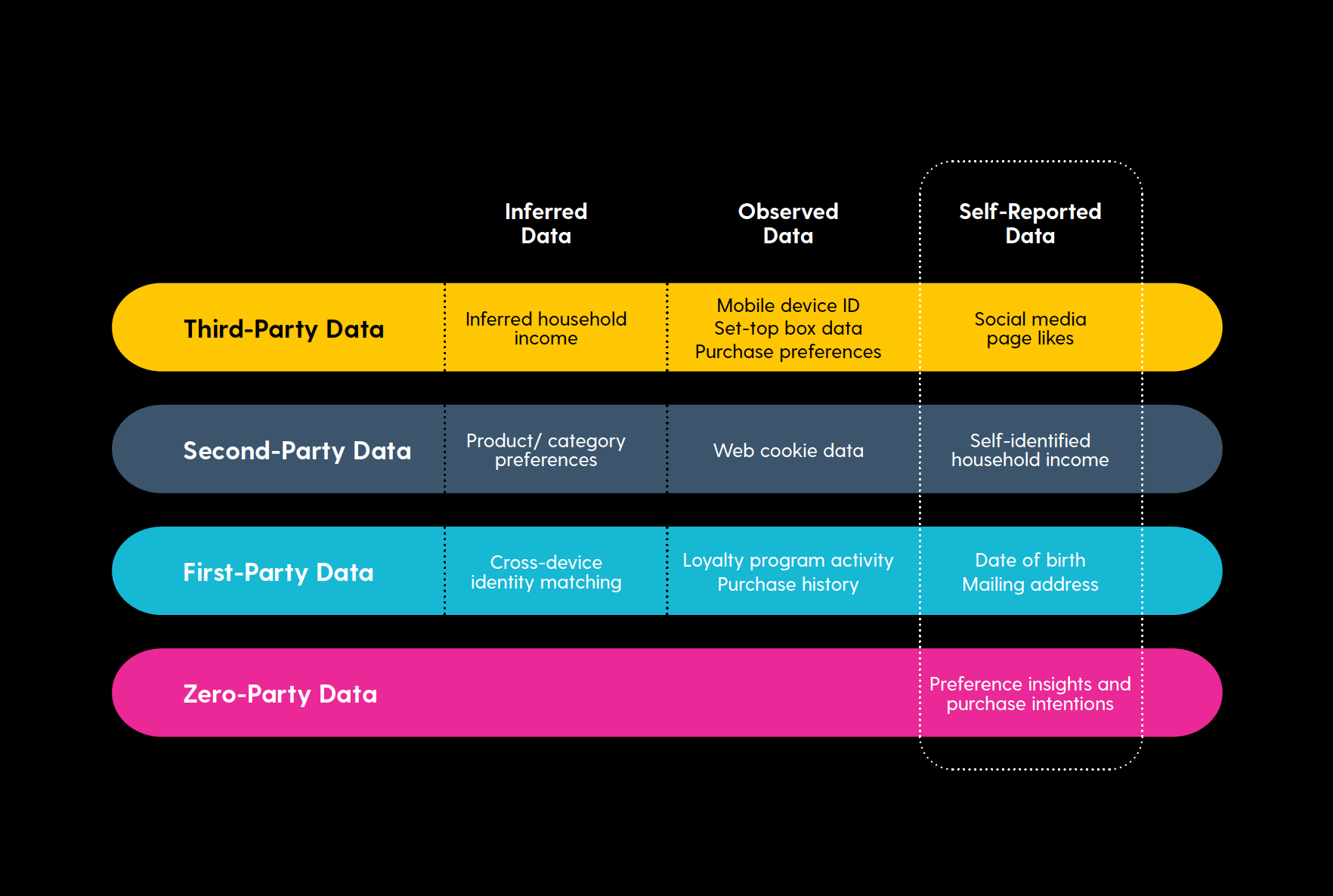Sponsored
The new era of privacy has made it increasingly difficult for marketers to build and maintain trusted relationships with consumers. One major consequence of the privacy regulations sweeping the globe — coupled with progressively data-conscious consumers — is the move away from third-party data sets to power marketing initiatives, previously a fundamental tool for B2C marketers.
The Problem With Third-Party Data
The reliance on third-party data is viewed as an ill-favored practice as it’s commonly amassed from a host of unrelated and unreliable sources like credit scores, cookies, and click trails. As a result, it quickly becomes outdated and has no direct relationship with the individual consumer, which ultimately hampers the quality and effectiveness of campaigns.
Consumer preferences, budgets, household sizes, and the like all evolve and change over time, and third-party consumer data rapidly becomes useless.
"If you buy data from a third party, that is a risky element that could get you in hot water not just with the client for being creepy, but potentially with regulators." - Mark Grannan, Senior Analyst, Forrester
First-Party Data
First-party data is typically collected during sales or form completes and can include things like past purchases, mailing address, and date of birth. All of this is valuable information, but data related to purchase history can’t tell you anything about purchase intent.
First-party data acquisition is an important arrow in the marketer’s quiver. However, things like interests and future purchasing intentions still must be inferred from past buys — implicit data rather than explicit.
Spamming consumers with ads for products they’ve already bought or do not intend to buy will only damage their relationship with your brand.
Introducing Zero-Party Data
It is possible for marketers to know what customers intend to do or buy in the future by collecting data that is intentionally and proactively shared directly by the consumer. This is called zero-party data.
Marketers collect this data by connecting directly with consumers. Rather than making inferences and assumptions, you simply ask! If they trust your brand and value the interactions they have with you, consumers will willingly and intentionally share. The data, insights, and permissions they provide can then be used to power personalized marketing across all stages of the customer lifecycle. Information like purchase intentions and preferences are useful to improve personalization and help build up a picture of who the customer is.
Quite simply, zero-party data allows brands to build direct relationships with consumers, and in turn, better personalize their marketing efforts, services, offers, and product recommendations. As it comes directly and willingly from the consumer, there are no intermediaries or guesswork.
“Zero-party data is that which a customer intentionally and proactively shares with a brand. It can include purchase intentions, personal context, and how the individual wants the brand to recognize her.” - Fatemah Khatibloo, Principal Analyst, Forrester
How To Collect Zero-Party Data
Consumers need to be entertained, engaged, and receive something in return for their attention and preference data. Brands can deliver this through interactive experiences that serve a dual purpose — they can conduct research and accrue opt-ins all while delivering an enjoyable experience with a tangible value exchange for the consumer.
Whether a questionnaire, poll, quiz, or social story, by leveraging these interactive experiences that incorporate incentive mechanics, marketers can quickly and easily collect zero-party data at speed and scale.
Capturing consumer motivations, intentions, interests, and preferences at scale lets you truly personalize each customer’s experience, empowering you to stop using guesswork by arming you with the data you need to make the right connections with your customers. By leveraging the right mechanics and offering a value exchange, your customers will tell you what products they desire, what they look for in a service, and what motivates them to purchase.

